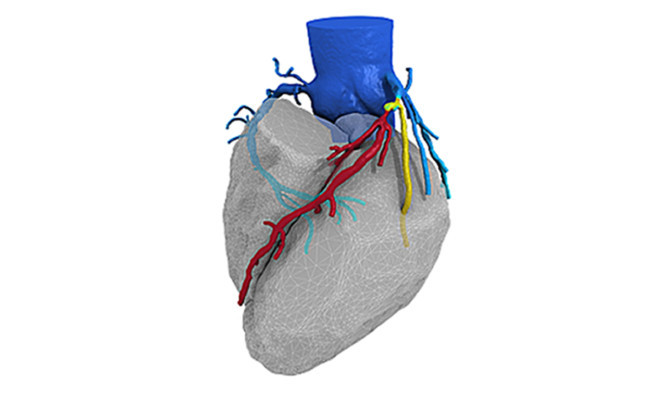Heart attacks kill 21 people under the age of 65 every week in Scotland, a charity has revealed.
Figures from the British Heart Foundation (BHF) show that 1,110 people across the country suffered a fatal heart attack last year before reaching retirement age.
The statistics have been released as the charity launches a new campaign to highlight how heart conditions can suddenly devastate families.
They revealed there were almost 26,000 heart attacks treated in hospitals in 2013/14. That was up from 22,000 cases for the previous year, which the charity said could be due to better diagnosis and recording.
BHF said about a third of heart attacks are fatal despite improvements in treatment and diagnosis.
The charity said medical research has helped to significantly improve survival rates even though the figure for heart attack deaths remains high.
However, it called for further research to save more lives and combat the main cause of heart attack – coronary heart disease.
BHF medical director Professor Peter Weissberg said: “Through medical research, we’ve made great progress in saving the lives of people suffering from heart attacks. But we mustn’t be lulled into thinking we’ve beaten the disease.
“Every year thousands of people are still dying from heart attacks and coronary heart disease remains Scotland’s single biggest killer.
“We urgently need to fund more research to find new ways to prevent and treat heart attacks, and, ultimately, save more lives.
“Despite knowing there are genetic and lifestyle factors which increase the risk of heart attacks, we still have no way to stop the furring of the arteries in coronary heart disease that is responsible for causing so many heart attacks. This is a challenge that only research can provide the answer to.”
James Cant, director of BHF Scotland, said: “Every week heart attacks devastate hundreds of families across the country, by killing loved ones and leaving many others with debilitating heart conditions that make the rest of their life a daily struggle.
“The only way we can find new ways to prevent and treat heart attacks is by funding more research.
“Every penny that the BHF has spent on research, that is today saving lives, has been donated by our generous supporters.
“We now need the continued backing of our supporters if we’re to make the advances that could save even more lives from heart disease.”
Gwen Currie, from Edinburgh, was 54 when her heart attack struck without warning four years ago.
She said: “I was walking to my local post office depot when I felt a very heavy sensation in my chest. I just knew it was serious – I’d never felt anything like it before.
“When I arrived I explained I was very unwell and staff called an ambulance straight away. Within three hours I had had a stent fitted and was sitting on my hospital bed feeling fine.
“I think we all know someone who’s had a heart attack. When you consider that coronary heart disease is our biggest single killer, you realise just how important the research is.”
